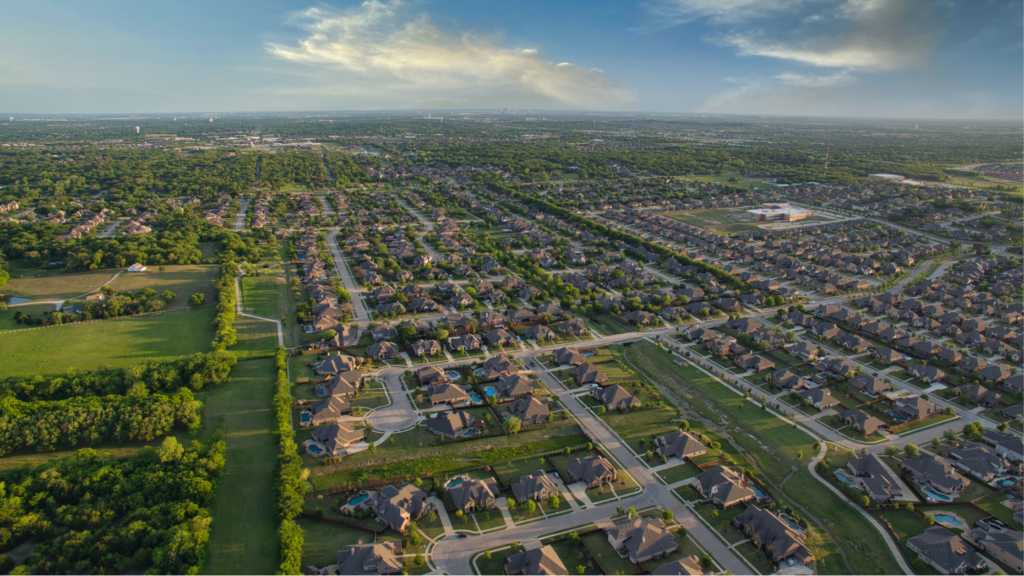Purchase loan applications continue to be weaker “due to the combination of much higher mortgage rates and the worsening economic outlook,” said MBA forecaster Joel Kan.
In a shifting real estate market, the guidance and expertise that Inman imparts are never more valuable. Whether at our events, or with our daily news coverage and how-to journalism, we’re here to help you build your business, adopt the right tools — and make money. Join us in person in Las Vegas at Connect, and utilize your Select subscription for all the information you need to make the right decisions. When the waters get choppy, trust Inman to help you navigate.
Interest in refinancing picked up slightly last week but was outweighed by another drop in purchase loan demand, according to the results of a weekly survey of lenders by the Mortgage Bankers Association.
The MBA’s Weekly Mortgage Applications Survey shows purchase loan requests were down by a seasonally adjusted 4 percent week-over-week and 18 percent from a year ago.
Although requests to refinance were up 2 percent from the previous week, demand for refinancing was down 80 percent from a year ago, with rates on 30-year fixed-rate loans up 2.65 percentage points over that time. The end of the refi boom has mortgage lenders scrambling to boost their purchase loan business and a number have downsized as the profitable refinancing business dries up.
The drop in purchase loan activity dragged the MBA Market Composite Index, a measure of total mortgage loan application volume, down for the second week in a row by a seasonally adusted 1.7 percent when compared to the week before.
Joel Kan
“Purchase applications for both conventional and government loans continue to be weaker due to the combination of much higher mortgage rates and the worsening economic outlook,” said MBA forecaster Joel Kan in a statement. “After reaching a record $460,000 in March 2022, the average purchase loan size was $415,000 last week, pulled lower by the potential moderation of home-price growth and weaker purchase activity at the upper end of the market.”
A record 81 percent of consumers surveyed by Fannie Mae in June said the economy is on the wrong track, and about half said they thought that it would be “difficult” to get a mortgage — the highest percentage since 2014. But the survey also found that the share of consumers who think it’s a good time to buy ticked up slightly in June.
Mortgage rates have been on the rise this year as the Federal Reserve tightens monetary policy to fight inflation, but recently plateaued after hitting a 2022 peak of 6.06 percent on June 14, according to the Optimal Blue Mortgage Market Indices.
Mortgage rates plateau
The Fed has raised the federal funds rate three times since March 17 by a total of 1.5 percentage points, with half of that increase implemented in June when Fed policymakers ordered the largest bump in 28 years.
Bond market investors will be looking for clues as to whether the Fed will continue to pursue its aggressive inflation-fighting strategy at its next meeting, which concludes July 27. Minutes of the committee’s June meeting suggest that policymakers are ready to take an even more aggressive stance if inflation continues to run hot.
The CME FedWatch Tool, which monitors futures contracts to calculate the probability of Fed rate hikes, shows bond traders are almost certain the Fed will implement another 75 basis-point rate hike on July 27.
During the week ending July 8, the MBA reported average rates for the following types of loans:
- For 30-year fixed-rate conforming mortgages (loan balances of $647,200 or less) rates averaged 5.74 percent, unchanged from the week before. With points decreasing to 0.59 from 0.65 (including the origination fee) for 80 percent loan-to-value ratio (LTV) loans, the effective rate decreased.
- Rates for 30-year fixed-rate jumbo mortgages (loan balances greater than $647,200) averaged 5.25 percent, down from 5.28 percent the week before. With points decreasing to 0.38 from 0.44 (including the origination fee) for 80 percent LTV loans, the effective rate also decreased.
- For 30-year fixed-rate FHA mortgages, rates averaged 5.49 percent, down from 5.60 percent the week before. Although points increased to 1.08 from 0.89 (including the origination fee) for 80 percent LTV loans, the effective rate still decreased.
- Rates for 15-year fixed-rate mortgages popular with homeowners who are refinancing averaged 4.93 percent, down from 4.96 percent the week before. Although points increased to 0.72 from 0.68 (including the origination fee) for 80 percent LTV loans, the effective rate still decreased.
- For 5/1 adjustable-rate mortgages (ARMs), rates averaged 4.71, up from 4.62 percent the week before. With points increasing to 0.77 from 0.72 (including the origination fee) for 80 percent LTV loans, the effective rate also increased.
Get Inman’s Extra Credit Newsletter delivered right to your inbox. A weekly roundup of all the biggest news in the world of mortgages and closings delivered every Wednesday. Click here to subscribe.
Email Matt Carter



 Are You Interested in West Eleventh Residences Miami?
Are You Interested in West Eleventh Residences Miami? Are You Interested in ONE Park Tower by Turnberry?
Are You Interested in ONE Park Tower by Turnberry? Are You Interested in Diesel Wynwood Condominium?
Are You Interested in Diesel Wynwood Condominium? Are You Interested in Five Park Miami Beach?
Are You Interested in Five Park Miami Beach? Are You Interested in Cipriani Residences Miami?
Are You Interested in Cipriani Residences Miami? Are You Interested in Bentley Residences Miami?
Are You Interested in Bentley Residences Miami? Are You Interested in Baccarat Residences Brickell?
Are You Interested in Baccarat Residences Brickell? Are You Interested in Aria Reserve Miami?
Are You Interested in Aria Reserve Miami? Are You Interested in 888 Brickell Dolce & Gabbana | Miami?
Are You Interested in 888 Brickell Dolce & Gabbana | Miami? Are You Interested in 600 Miami WorldCenter?
Are You Interested in 600 Miami WorldCenter? Are You Interested in HUB MIAMI RESIDENCES?
Are You Interested in HUB MIAMI RESIDENCES? Are You Interested in WALDORF ASTORIA RESIDENCES?
Are You Interested in WALDORF ASTORIA RESIDENCES?